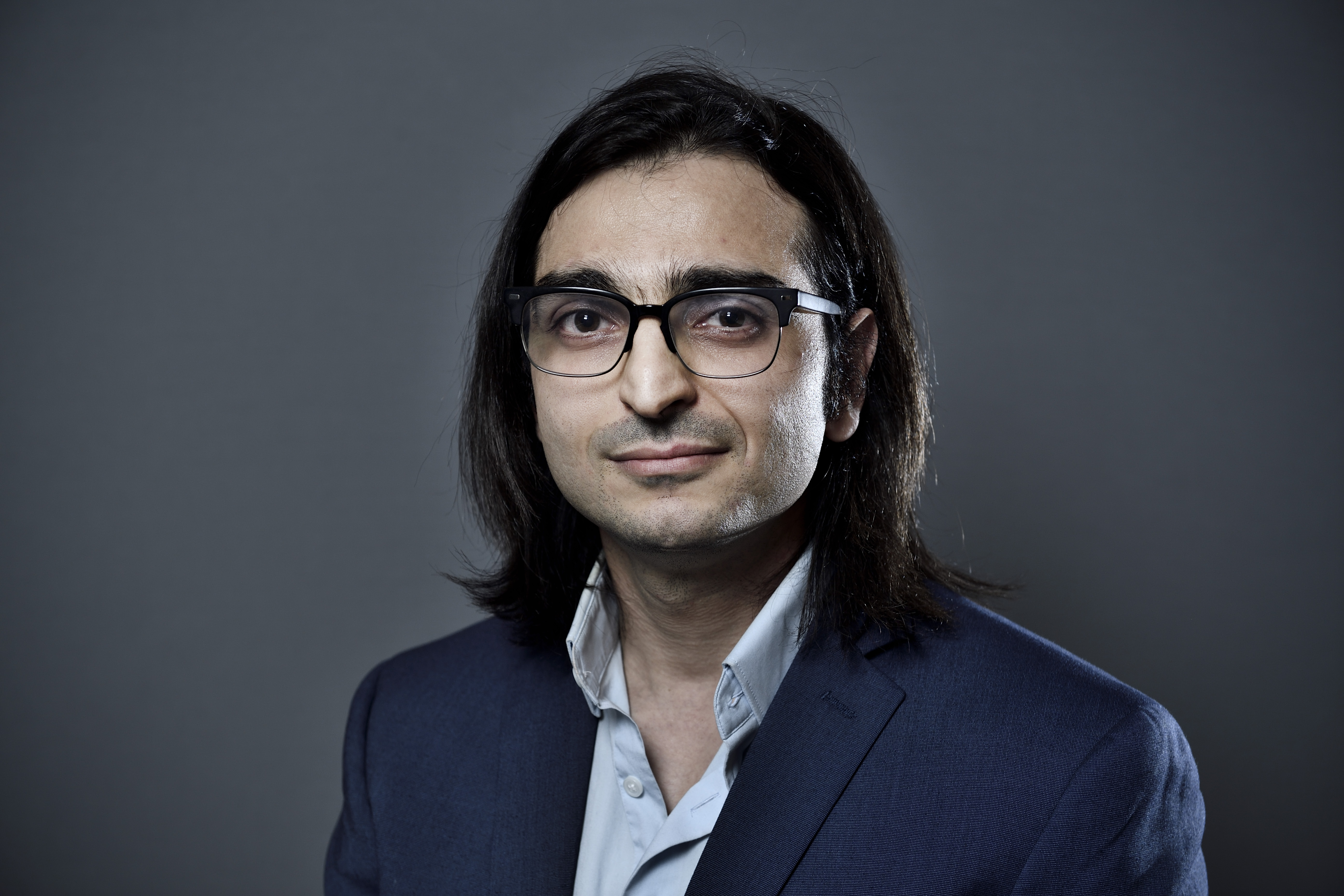Artan Sheshmani
Forskningsleder

Projekttitel
Embedded surfaces, dualities, and quantum number theory
Hvad handler dit projekt om?
Proving existence of symmetries between different theories, enables mathematicians to extract information from a theory which is easier to understand, and translate back the results to achieve discoveries about the one with far more complexity. The main focus of the project is to prove existence of underlying structural, algebraic and geometric symmetries between several different types of string theories, via the study of ``enumerative geometry", that is computing invariants which "count" functions, or spaces embedded in ambient higher dimensional spaces, called Calabi-Yau (CY) manifolds. These manifolds have dimension 4, 6 or 8 and they provide the space-time geometry in topological string theory: a mathematical theory aiming at providing a model for the long standing open problem of constructing a workable framework for Quantum gravity.
Hvordan opstod din interesse for dit forskningsfelt?
I have been actively doing mathematics since childhood, through secondary and high school, then mathematics competitions, and later in undergraduate and postgraduate levels in the university, and geometry has been specially my main focus of interest throughout all these years. I became interested in algebraic geometry during my PhD studies in the US, and by reading the work of Alexander Grothendieck, one of the main founders of modern algebraic geometry. During the past century, modern algebraic geometry has proved to be one the strongest tools to prove long standing open conjectures in pure mathematics. It has even shown to be a successful tool to model problems motivated by theoretical physics, such as string theory.
Hvad er de forskningsmæssige udfordringer og perspektiver ved dit projekt?
The project is aiming at proving a deep algeraic and geometric symmetry between theory of functions which are supported on underlying geometrical spaces of dimension 8, 6 and 4. The most difficult challenge is to construct a framework for understanding these functions in dimension 8, and compute invariants associated to them. In order to understand dimension 8 better, one might need to mix several advanced techniques of algebraic geometry, topology, representation theory and finally algebraic number theory for the purpose verification of the conjectures that we are trying to prove in numerical level (matching our computations with predictions). The key observation however is that: the symmetry between spaces of dimension 8 and 6 is possible through a deep communication that they have with a 4 dimensional subspace that deforms inside both.
Hvilke perspektiver vurderer du selv, at din forskning på sigt kan have for det omgivende samfund?
My project is pure mathematics and can be categorized as fundamental research. I believe fundamental research in pure mathematics provides the only motivation (hope and excitement!) for the youner generation of students to work hard in getting the required skills to become outstanding scholars and specially teachers of mathematics later in their future career. If proving a conjecture of pure math's does not directly help in designing a better, safer, more fuel-economic airplane, giving a motivation however: something to study and to explore, to a talented mathematics student, who is thirsty of discovery, to finish their PhD, does!--As they would later teach mathematics to a talented future airplane designer in an engineering school, or a sharp student in MBA or economics program to help them understand the fluctuations of market more rigrously. That is how, in my opinion, pure mathematics has maintained its importance in societies and civilizations throughout centuries, and it will!, for the years and years to come.
Hvad vil det betyde for din forskerkarriere, at du indgår i Sapere Aude-programmet?
Besides providing the much needed means to organize an international group working on modern algebraic geometry at Aarhus University, the Sapere Aude grant helps me to gain the experience to apply to other highly competitive European research grants such as ERC consolidator grant and later hopefully center grants in Denmark. This proposal provides not an incremental development, but a highly ambitious and novel approach to tackle several important and central predictions in pure mathematics and theoretical high energy physics. It further has impact on other fields of mathematics (theory of automorphic forms, metric aspects of mirror symmetry etc). Finally as my project is co-financed by Harvard University, and in collaboration with fields medalist Shing-Tung Yau (fields medal 1981) the director of CMSA at Harvard, I am planning to combine the external funding from the US with the Sapere Aude grant in order to structure a leading international group in the field.
Lidt om mennesket bag forskeren
I love sketching and in my spare time I do illustrations with pencil. In my sketches I normally pay attention perhaps not to mathematics itself, but "the mathematician" as a human being in our society and his/her interaction with the world. Are we mathematcians supposed to be isolated and delve into mysteries of the universe alone? Should we just focus and do good quality math, or should we not ignore our suroundings with the risk of compromising the quality of our research due to the distractions that might cause?---these are the questions I keep asking myself! I also like music a lot, specially classical music. In a typical weekend I normally find myself in an art gallery, a Jazz bar, or if I am lucky a symphony or an opera, if it is the right season for it.
Se alle forskningsledere her
- DFF-Forskningsledere 2024
- DFF-Forskningsledere 2023
- DFF-Forskningsledere 2022
- DFF-Forskningsledere 2021
- DFF-Forskningsledere 2020
- DFF-Forskningsledere 2019
- DFF-Forskningsledere 2018
- DFF-Forskningsledere 2017
- DFF-Forskningsledere 2016
- DFF-Forskningsledere 2015
- DFF-Forskningsledere 2014
- DFF-Forskningsledere 2013
- DFF-Forskningsledere 2012
- DFF-Forskningsledere 2011
Forskningsinstitution
Aarhus Universitet
Fagområde
Pure Mathematics (Algebraic Geometry)
Bopælskommune
Aarhus (DK) and Cambridge (USA)
Gymnasium
National organization for development of exceptional talents (IRAN)
